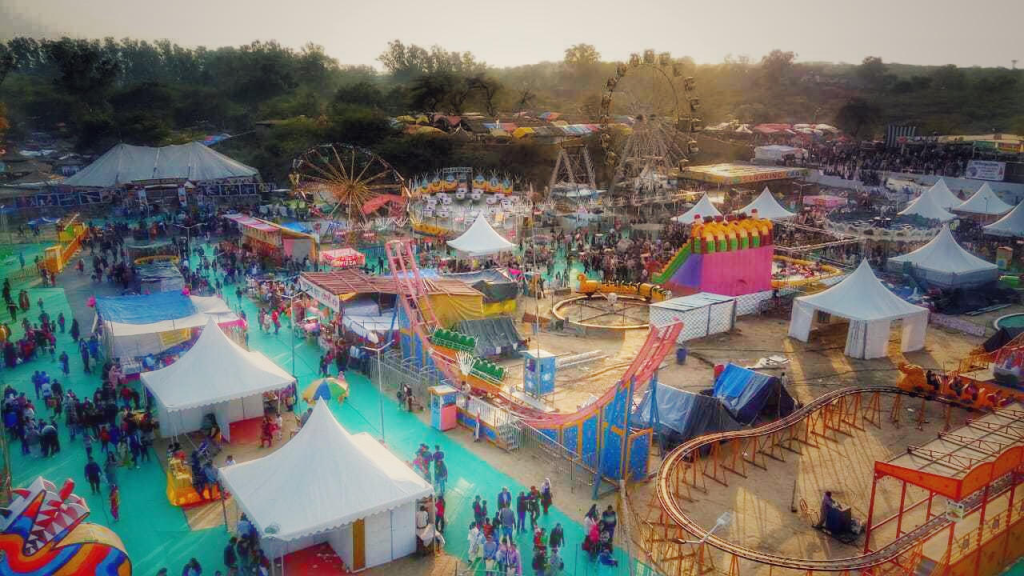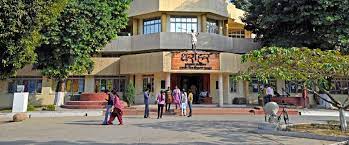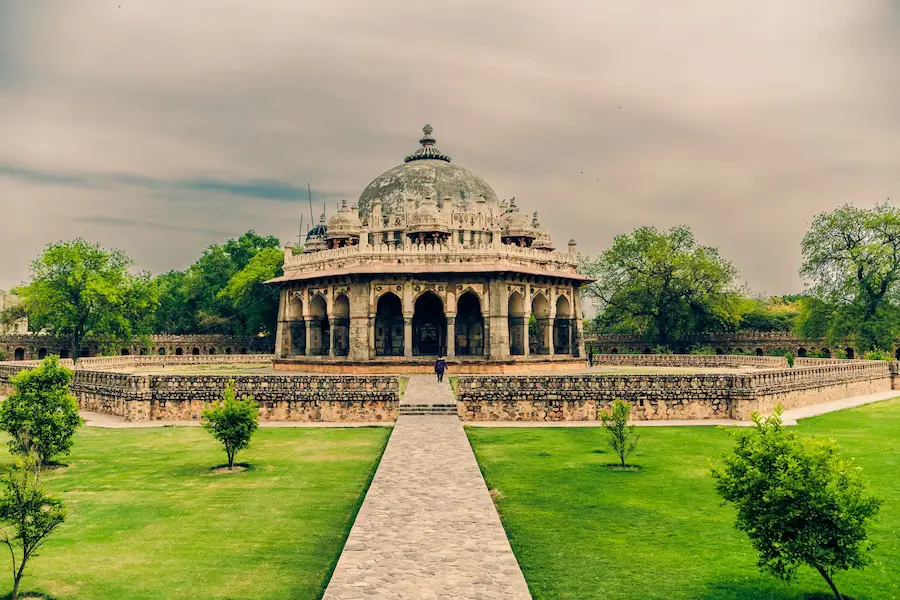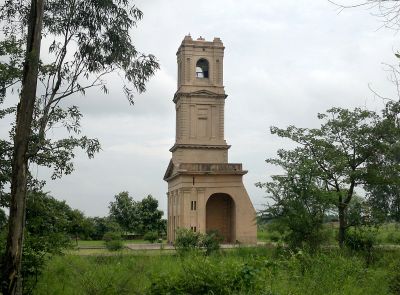Browse Items (153 total)
Sort by:
-
Pt. Nekiram Sharma
Pandit Neki Ram Sharma was born on September 4, 1887, in Kelanga village, Rohtak district, Haryana. Pandit Nekiram Sharma was a well-known social reformer and political leader from Haryana, dedicated to improving the lives of farmers and promoting education. He was actively associated with the Arya Samaj movement and worked to advance social justice, self-reliance, and nationalist values.
He played a significant role in organizing the farming community, advocating for their rights, and opposing exploitative practices. His efforts in the cooperative movement and the establishment of educational institutions greatly contributed to the empowerment of rural society. Additionally, he was involved in India’s freedom movement, spreading awareness about self-governance and equality.
His contributions continue to inspire various social and educational initiatives in Haryana. He passed away on June 8, 1956.
-
Qilla Jafargarh
It is situated on Jind-Rohtak main road and on the boundary line of state’s boundary.
-
Rahul Chaudhari
Achievements:
One of the leading raiders in the Pro Kabaddi League.
PKL Best Raider Award in 2016.
Represented teams like Telugu Titans and Tamil Thalaivas.
Legacy: Rahul Chaudhari’s fast-paced raiding techniques and his agility on the mat have earned him the nickname "Raid Machine." He is known for his quick reflexes and game-changing plays.
-
Rai Bahadur Lala Murlidhar
Rai Bahadur Lala Murlidhar, known as the "Grand Old Man of Punjab," was a key figure in India's independence movement and among the founding members of the Indian National Congress. Born in 1850 in Ambala, Haryana, into an Aggarwal family, he settled there permanently in 1872.
A lawyer by profession, he was honored with the title of "Rai Bahadur" by the British government in recognition of his services. In 1885, he was the only representative from Punjab to attend the first session of the Indian National Congress in Bombay. The following year, he helped establish a Congress branch in Ambala, playing a crucial role in advancing the nationalist movement in the region.
After the Jallianwala Bagh massacre on April 13, 1919, Lala Murlidhar gave up his British-conferred titles, including "Rai Sahib" and "Kaiser-i-Hind," in protest against colonial rule. He passed away in 1924, leaving behind a lasting legacy in India's struggle for freedom.
-
Raja Harsha ka Tila
The site spread over an area of 1kmx750 m. This site was excavated by Shri B.M.Pandey of Archaeological Survey of India. A few potsherds of Painted Grey Ware found from the lowest level of the site indicate the existence of a settlement before starting a continuous habitation at the site since Christian era. The excavated material ranging from Circa 1st century AD to 19th century was divided in six cultural periods. -
Raja Karna ka Qila
The mound, first surveyed by Alexander Cunningham, was excavated by D.B. Spooner of Archeological Survey of India in 1921-23. Later, the archeological excavations by Prof U.V.Singh of Department of Ancient Indian History, Culture and Archaeology, Kurukshetra University, Kurukshetra have yielded the remains of three cultural periods ranging from Circa 4th century BC to 3rd century AD.
Period-I (Circa 4th century BC to 1st Century BC) is represented by the Painted Grey ware of coarse fabric with beads of terracotta and semi-precious stones and other small antiquities of terracotta, bone etc. The two terracotta seals containing auspicious symbols (swastika, snake, nandipad and crescent) are the important antiquities of this period.
Period-II (Circa 1st century BC to 3rd Century AD) This cultural period is represented by houses of mud and baked bricks, red polished ware, stamped pottery, terracotta objects and a few clay sealings with Brahmi legends.
Period-III After a long gap, the site was rehabitated during the late medieval times in about 15th century AD. The remains of this period were identified on the northern fringe of the mound. It included houses, fortifications and a small house made of Lakhauri bricks with lime plaster. -
Raja Nahar Singh Palace
Today, the walls of Raja Nahar Singh Palace at Ballabgarh vibrate again with the echo of drums and trumpets… With the eager feet of visitors… And the exclaims of delight at the sight of this beautifully maintained palace of the legendary Raja Nahar Singh.
The revolt of 1857 was an important milestone in the history of our country. Raja Nahar Singh, ruler of the small state of Ballabgarh, played a key role in India’s struggle for Independence.
The Palace : The earliest parts of Raja Nahar Singh’s palace were constructed by his ancestor Rao Balram, who came to power in 1739. This construction continued in parts till about 1850. Today, urban centres have come up around the palace. But, the beauty of the palace continues to charm the visitors.
The Retreat : Today the beautiful pavilions and courtyards of Raja Nahar Singh Palace glow once again with royal ambience carefully emphasised by six tastefully decorated guest rooms, restaurant, bar, lounge and public areas, beautified with antiques, relics of a bygone past, stone jallies and intricately carved arches, that take one back to the times of the Raja Nahar Singh. -
Rakhigarhi
Rakhigarhi (also spelled Rakhi Garhi) is a village and prominent archaeological site located in the Hisar district of Haryana, northern India, approximately 150 kilometers northwest of Delhi. Situated on the Ghaggar River plain, about 27 kilometers from the seasonal Ghaggar River, Rakhigarhi is one of the most significant sites of the Indus Valley Civilisation. It exhibits evidence of continuous settlement across the pre-Harappan period (circa 6000?/4600–3300 BCE), the early Harappan phase (3300–2600 BCE), and the mature Harappan phase (2600–1900 BCE). -
Ramrai
Located on Jind-Hansi road, 8 kms. west of Jind, Ramrai is also known with another name, Ramaharda.It is said that Kshatriyas were annihilated, so Parsurama propitiated his ancestors by filling five pools with the blood of slaughtered Kshatriya. Ample number of people bathe at Ramaharda ‘tirtha’ and Sanet ‘tirtha’. Many people come to worship Parsurama at his old temple.
















